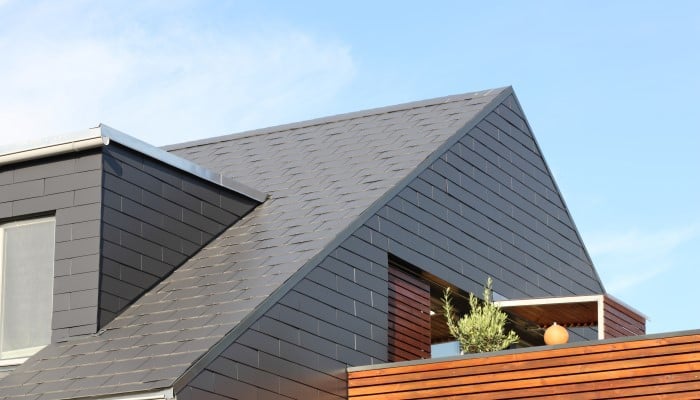The roof protects various house elements from the weather and the early wear and tear of materials. It must be in good condition, insulating, and perfectly waterproof to fulfill its role. Therefore, renovation work is required in case of wear and tear of materials or lack of performance (insulation, waterproofing, etc.). Follow this article to find out how to determine the condition of your home’s roof.
Inspect the Roof Regularly
As the most exposed part of the house, the roof is often subjected to the elements. This is compounded by the natural wear and tear of the materials and the appearance of moss. Thus, an annual inspection of the roof is essential to verify its condition, energy performance, and durability.
For houses that are too exposed to the elements, on the other hand, inspection after each change of season is recommended. This will preserve the roof’s performance and prevent serious problems.
Be aware that:
Frost can cause a lot of damage, including weakening or even cracking of the tiles. You may find that pieces fall off and scatter. Older tiles are more likely to crumble after a hard winter.
High winds can cause the various components of the roof to move: tiles, zinc plumbing, etc. They also bring debris, dust, and debris from the roof. They also bring debris, foliage, and objects onto the roof, promoting the growth of moss or hiding breaks.
Dryness also contributes to the degradation of the roofing, especially for flat roofs. Bituminous membranes are more sensitive to high heat.
Also, remember to inspect the roof after a violent storm, especially if pieces fall to the ground or if you encounter problems: leaks, water or air infiltration, lack of energy performance, etc.

Pay Attention to Every Element
You can monitor what is happening on the roof without climbing up. Use a ladder that is higher than the roof, which will make it more comfortable for you to do the checks.
Start by inspecting the gutters. They are usually cleaned and maintained at the same time as the roof. So, dirty gutters or gutters in poor condition indicate that it may be time to maintain the roof. Bad gutters don’t just mean dirty. Check for wall attachments, fittings, material wear or sagging, holes, etc. To rule out leaky gutters, you can simply pour water into the gutters and follow its course downhill.
Look further down and check the condition of the tiles. You’ll quickly notice moss buildup, missing or displaced tiles, and obvious cracks. You’ll also notice if some look cooler than others. For pitched roofs, some of the broken tile pieces, waste, and other materials fall to the ground, raising the alarm about what is happening to the roof. For flat and low-sloped roofs, however, an inspection is inevitable.
Next is the ridge inspection. Cracks, shifts, and dents in this area of the roof are often the reason for waterproofing problems.
Finally, examine the roof flashings to prevent water infiltration at this location.
As the primary protection of a house, the roof is solid and durable. However, it requires regular and effective maintenance. Every little problem deserves attention, because it can quickly grow and cause significant damage. So if you have a problem, call the professionals to fix it. But if you are a good handyman, you can also do it. It will save you money.


